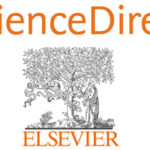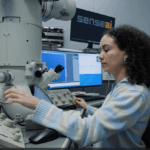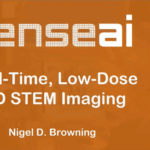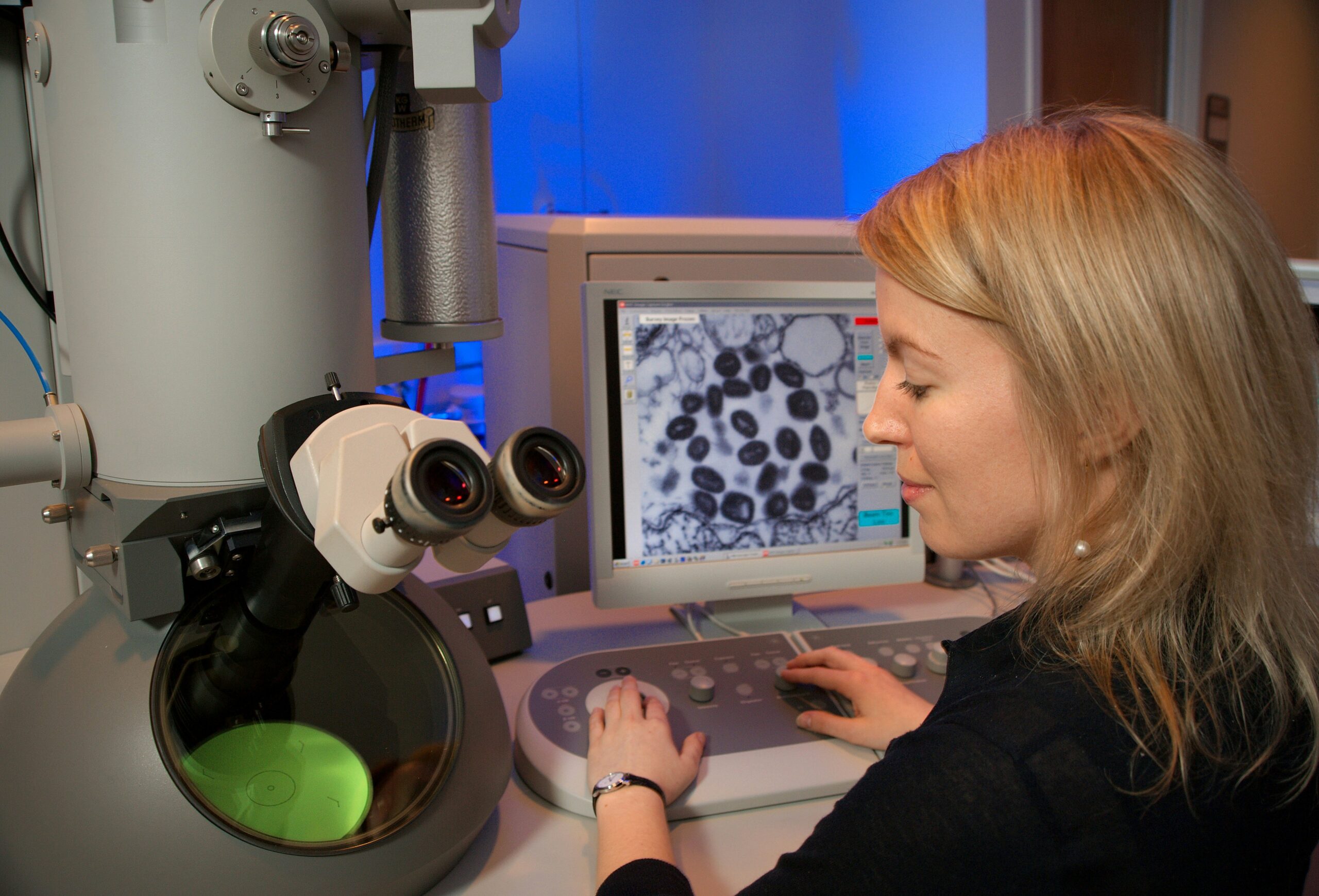We recently published a new article for the IOP Science Stephen J. Pennycook special issue.
This paper demonstrates the first real time application of compressive sensing and inpainting for four dimensional STEM using SenseAI Innovations technology and was proudly done in collaboration with the Rosalind Franklin Institute and the National Research Council of Italy Institute for Microelectronics and Microsystems.
Huge thanks to the coauthors, Jack Wells, Amirafshar Moshtaghpour, Daniel Nicholls, Chen Huang, Abner Velazco-Torrejón, Giuseppe Nicotra, Angus Kirkland and Nigel Browning.
ABSTRACT
Four-dimensional scanning transmission electron microscopy (4-D STEM) is a state-of-the-art image acquisition mode used to reveal high and low mass elements at atomic resolution. The acquisition of the electron momenta at each real space probe location allows for various analyses to be performed from a single dataset, including virtual imaging, electric field analysis, as well as analytical or iterative extraction of the object induced phase shift. However, the limiting factor in 4-D STEM is the speed of acquisition which is bottlenecked by the read-out speed of the camera, which must capture a convergent beam electron diffraction (CBED) pattern at each probe position in the scan. Recent developments in sparse sampling and image inpainting (a branch of compressive sensing) for STEM have allowed for real-time recovery of sparsely acquired data from fixed monolithic detectors, Further developments in compressive sensing for 4-D STEM have also demonstrated that acquisition speeds can be increased, i.e., live video rate 4-D imaging is now possible. In this work, we demonstrate the first practical implementations of compressive 4-D STEM for real-time inference on two different scanning transmission electron microscopes.
Adam Peterson






